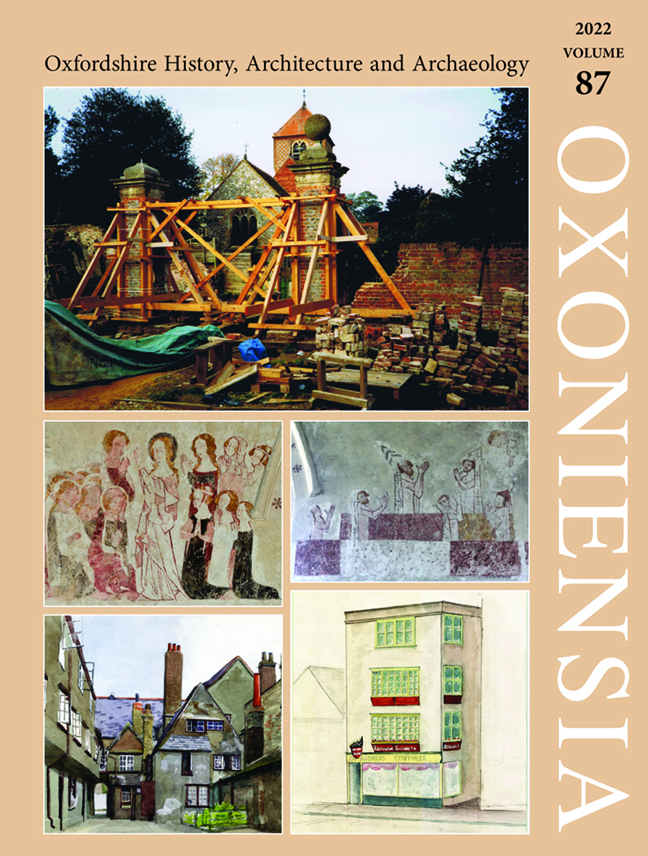Take the High Road: Bronze Age, Iron Age and Early Roman Settlement at Dunmore Road, Abingdon
Published online by Cambridge University Press: 17 February 2024
Summary
SUMMARY
Excavations at Dunmore Road, Abingdon (formerly Berks.) uncovered activity dating from the Neolithic to the early Roman period. Following some ephemeral traces of Neolithic and Bronze Age activity, the earliest clear evidence of settlement was represented in the early Iron Age by a series of post-built and ditched roundhouses, numerous pits, and four- and six-post structures. Middle Iron Age activity was represented primarily by a series of enclosures accompanied by an inhumation burial and several pits. One of the enclosures was recut in the late Iron Age and a larger adjoining enclosure was established during this time. The larger enclosure was recut three times in the early Roman period, showing continuity in local activity, which also saw the construction of a probable masonry building. A previously unknown Roman road, flanked by ditches c.20–28 m apart with layers of metalling in between, was found extending across the site. Projection of the road alignment southwards connects it to the late Iron Age oppidum and Roman nucleated settlement at Abingdon. No road has previously been found that links Abingdon to the main Roman road network. Activity ceased in the early second century AD, around the time of settlement and landscape reorganisation observed more widely in the Abingdon area. The road does not appear to have been refurbished thereafter, and the extent to which it continued in use through the later Roman period is unknown. Medieval furrows crossed the site on the same alignment as the Iron Age and early Roman enclosures and perpendicular to the Roman road. However, the furrows may have been aligned upon Wootton Road to the west rather than indicating any influence from the late prehistoric or Roman remains.
Oxford Archaeology (OA) undertook an archaeological excavation in advance of residential development to the north of Dunmore Road in Abingdon in 2018. The excavation area was centred at SU 49170 98768 and covered c.2.48 ha (Fig. 1). It lies within the south-western part of the Dunmore Road development site, which extended across c.9.5 ha. The River Stert defines the north-eastern side of the development site and joins the River Thames c.1.95 km south of the site. The site is located at 64 m above OD and has a slight slope from north to south.
- Type
- Chapter
- Information
- Oxoniensia , pp. 127 - 194Publisher: Boydell & BrewerPrint publication year: 2022



